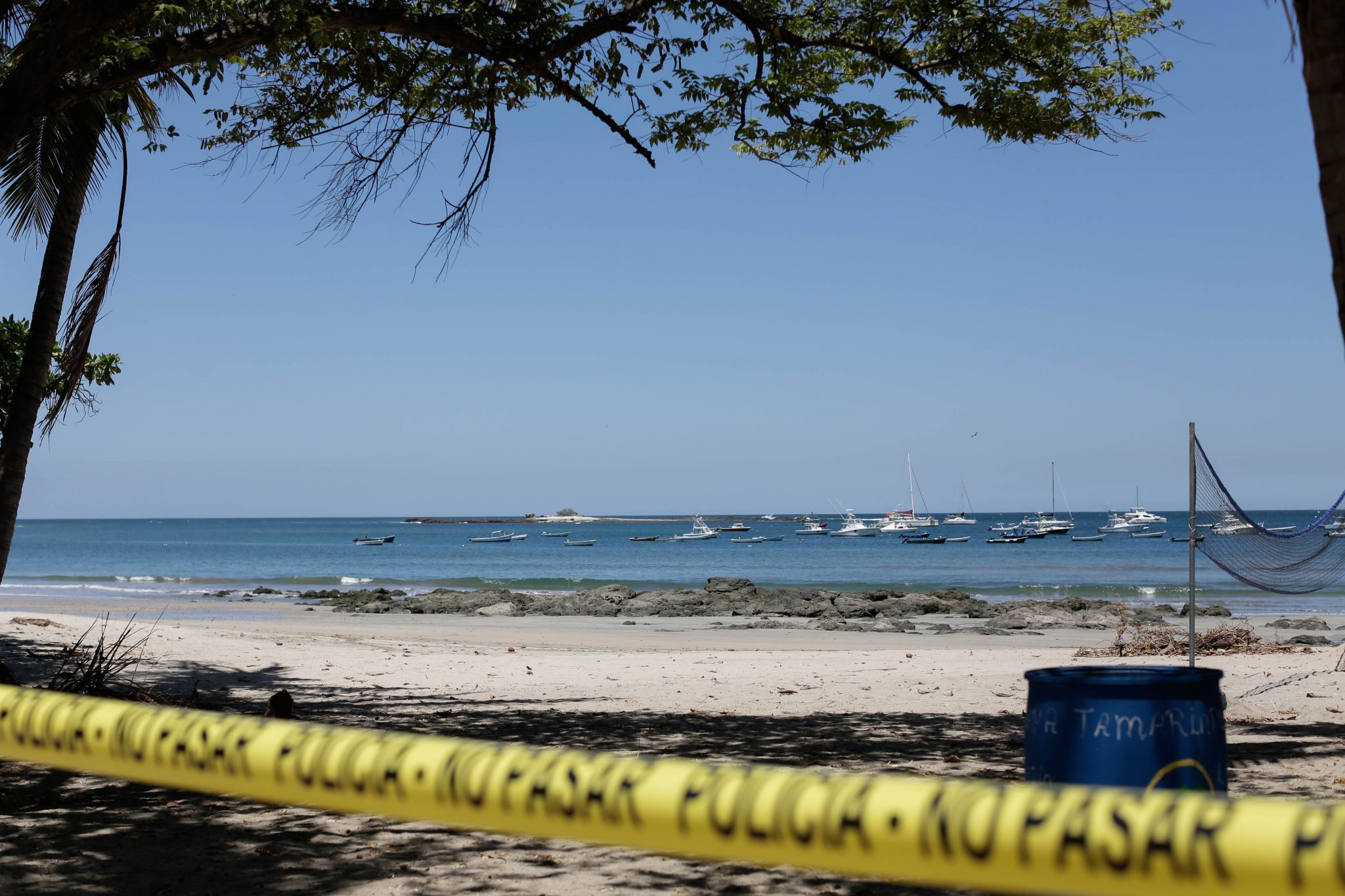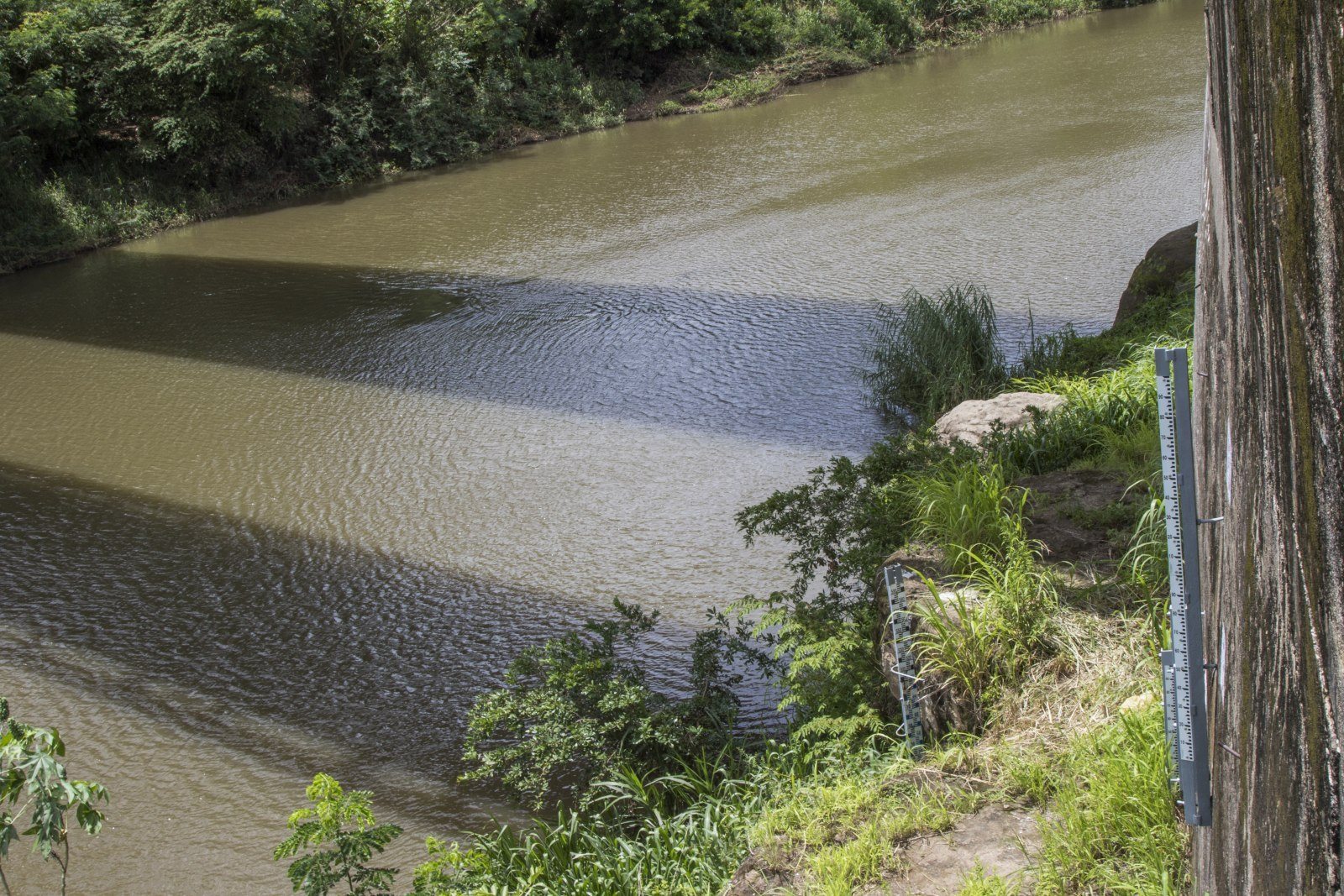
The 13 covid-19 patients in Guanacaste have already recovered and the province became first in the country to be free of patients confirmed with the new coronavirus. However, the restrictions continue and the Ministry of Health insists that we must maintain social distancing, hand washing and leave the house as little as possible.
The Nicoya patient who was waiting to be discharged yesterday is now reported as recovered in Health statistics. The two Carrillo patients are not yet reflected as recovered, but the director of the canton of health in that canton, Suseth Rodríguez, and the regional director of Health, Enrique Jiménez, confirmed that they have already been discharged.
This doesn’t mean the virus no longer circulates in the province or that an infected patient will not be reported again, because there is always the possibility that a new case appears or or that someone is infected but has no symptoms, explained to The Voice of Guanacaste the regional health dirctor, Enrique Jiménez.
He added that directors of health areas continue to follow up on suspicious people. He did not specify the information on how many are there currently. He did indicate that, as of Wednesday, April 22, Ministry of Health has applied a total of 333 tests throughout the province.
There are many susceptibles, who have no defenses, so they can quickly contract the virus and spread it exponentially,” said Jiménez.
“The increase in cases was coming down and from one moment to the next the curve is going up, again.” The regional director refers to the fact that, after several days of reporting few cases, on Wednesday, April 22, 12 new cases were reported in the country.
“People go as if this has already finished, but it is far from over,” he added.
There are health areas that don’t have active suspicious cases. For example, Principal a.i. Carrillo’s Health Department, Suseth Rodríguez, said Monday, April 20, that at that time they had no suspicious cases or people in home isolation (at the beginning of the month, that health area kept 21 people in home isolation.
Of course, we continue with the exhaustive epidemiological search and the respective surveillance,” she assured.
To detect cases, the country also has an active sentinel surveillance protocol. This strategy of the Ministry of Health seeks to detect which respiratory viruses are circulating in the population.
To do this, the “sentinel sites” take samples of people with symptoms of respiratory infections every week and send them to the Costa Rican Institute of Research and Teaching in Nutrition and Health (Inciensa). In Guanacaste there are two sentinel sites: the hospital of Liberia and La Cruz Health Area.
Last week, for example, sentinel sites across the country sent a total of 141 samples. None tested positive for the new coronavirus. The ministry’s goal is to collect 210 samples weekly.
“[The samples allow us to know if] in addition to influenza COVID-19 is circulating, and that it has not been detected, taking into account that there are people who do not have all the symptoms,” Salas explained on April 6 at the daily conference.
The evolution of cases
The first person infected in the province was a 70-year-old American, a resident of Santa Cruz who had traveled to his native country. Its contagion was reported on March 8, two days after the first positive case of COVID-19 in the country.
On March 15, two more: a 16-year-old teenager and an official from La Anexión Hospital in Nicoya. Both had recently traveled to the United States.
At the Nicoya Hospital there was a total of three infected officials, said the president of the Costa Rican Social Security Fund (CCSS) Román Macaya on April 6.
In fact, as of Monday, April 20, 133 CCSS officials in the country had tested positive for COVID-19, 20% of all cases confirmed on that day. Most contracted the virus from a colleague, Macaya said in a conference.
The last case in the province [also recovered] appeared on April 3 in the canton of Hojancha. That is, Guanacaste has 21 days without reporting new cases for COVID-19.
Data mismatch
Jiménez said that he does not know why there is an information gap between the local data and what Health reports at the national level.
The difference in national and local data had already occurred when the Municipality of Nicoya published that the canton had two of four cases recovered, but they were not reflected in the daily report of the Ministry of Health. The same happened when the hospital where the infected official works in Liberia announced his recovery, but Health data was not yet reported.
To this Friday, April 24, the country adds 687 confirmed cases, 216 recovered and six deceased.
Journalist Marcela Cantero collaborated with this information.








Comments